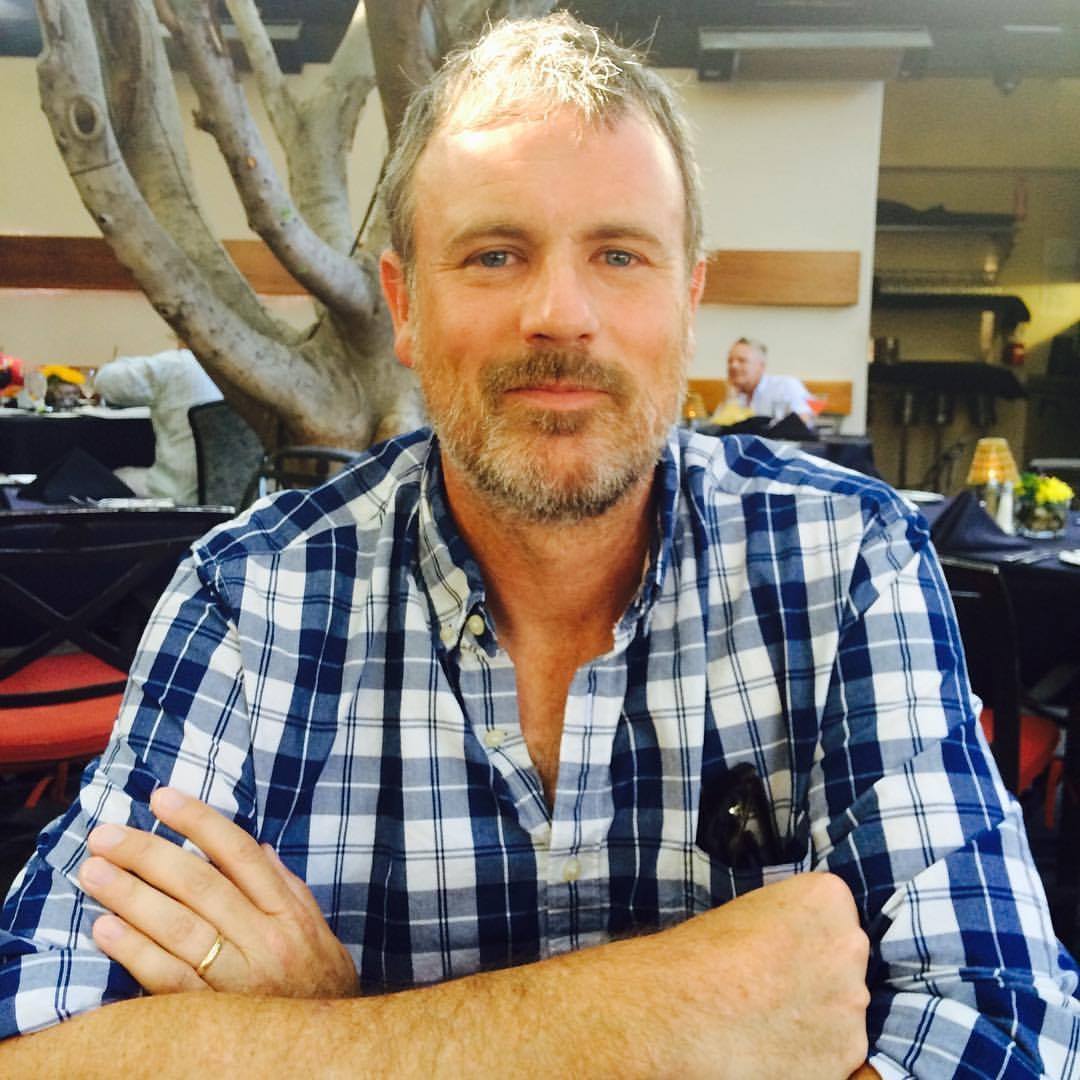Photo by Keith MayThree years ago, Irvine Mayor Larry Agran toured base housing at the abandoned Tustin and El Toro Marine Corps Air Stations and swiftly declared the county's plan to knock it down outrageous. Within the borders of the two bases were numerous military barracks and several hundred family homes that could, Agran said, provide emergency shelter to 4,380 homeless or low-income residents.
Back then, county officials planned to bulldoze the barracks and homes to make way for an international airport.
“It is a scandal and a moral outrage that we have a serious housing crisis in the county that is being compounded by perfectly usable, ready-to-go housing units that are being held hostage by a county airport policy that is completely bankrupt,” Agran said in an interview at the time.
But now that the airport's gone, so, too, is Agran's passion to preserve “perfectly usable” homes for the working poor.
The new plan for El Toro—the so-called Great Park largely conceived by Agran—is to convert 65 percent of the former base into open space, allowing the rest to be auctioned to private developers to fund the maintenance of the open space. The military housing is located within the 35 percent of the base that will be available for real-estate development. But under the Great Park plan, none of those units will be officially set aside for homeless or low-income residents.
Agran blamed the demise of his low-income housing plan on the Navy's refusal to hand the base over to the city of Irvine. Instead, the Navy says it will sell developable land to the highest bidders. But the mayor was quick to add that his Great Park plan stipulates that 25 percent of any homes built within El Toro must be affordable.
“I think it's fair to say that there will be plenty of affordable housing,” he said. “There will be plenty of affordable housing by local standards, but the original effort to bring online the existing units . . . has been pretty much sidelined because of the auction process the Navy has decided to undertake in Tustin and El Toro.”
The key word is “affordable.” As the mayor himself acknowledges, the homes built around the periphery of Irvine's Great Park will be priced only 20 percent lower than the city's median-priced homes, which aren't exactly cheap. According to the county's Housing and Community Development Department, 70 percent of Orange County residents are unable to qualify for a median-priced home anywhere in the county.
Ever since the U.S. Navy announced the closure of its bases at Tustin and El Toro, several local housing-relief organizations—Human Options, the Orange Coast Interfaith Shelter, OC Rescue Mission, the Salvation Army and Families Forward—have sought to use empty housing at El Toro and Tustin to expand their programs.
One group that had hoped to receive several buildings at the abandoned base in Tustin, the Irvine-based Families Forward, operates 14 homes for low-income people that provide shelter to 22 families per year. Families spend between nine months and a year in the program, learning life-skills management and receiving frequent visits from counselors.
“We would like to double the number of homes we operate, and we've filed a grant with the federal government to try to do that,” said Katie Winchell, Families Forward's director of grants and communications. “The city [of Irvine] has also really been sticking up for us in trying to get something at the Tustin base.”
Although the Navy's policy of auctioning off the land at the former military base means that all of the existing units of housing there will likely be bulldozed, Agran said he was “optimistic” that groups like Families Forward will still be able to benefit from the Great Park.
“I think they are going to get the promised 14 units in Tustin,” he said.
If they don't, Agran is confident “the Navy will come around to honoring the understandings that were reached” to provide low-income housing. His source of optimism isn't clear: the Navy has already refused the city's request to hand over the base.
Irvine needs low-income housing because so many workers in the city cannot afford to buy a house or rent a condominium there, city officials say. A recent Cal State Fullerton study identified at least 2,000 children living in Irvine at or below the federal poverty level, including almost 500 children whose families receive welfare payments.
Agran now points to his Great Park plan as a solution to the city's affordable housing crisis.
“I'm very encouraged about getting hundreds of units of affordable housing,” Agran said. “We want to take every opportunity to provide as much affordable housing as possible at the edges of the Great Park. Over time, those units, we believe, will be among the most desirable in the county, at the edge of one of the greatest parks in the world—and that's as good as it gets.”

Award-winning investigative journalist Nick Schou is Editor of OC Weekly. He is the author of Kill the Messenger: How the CIA’s Crack Cocaine Controversy Destroyed Journalist Gary Webb (Nation Books 2006), which provided the basis for the 2014 Focus Features release starring Jeremy Renner and the L.A. Times-bestseller Orange Sunshine: The Brotherhood of Eternal Love’s Quest to bring Peace, Love and Acid to the World, (Thomas Dunne 2009). He is also the author of The Weed Runners (2013) and Spooked: How the CIA Manipulates the Media and Hoodwinks Hollywood (2016).

